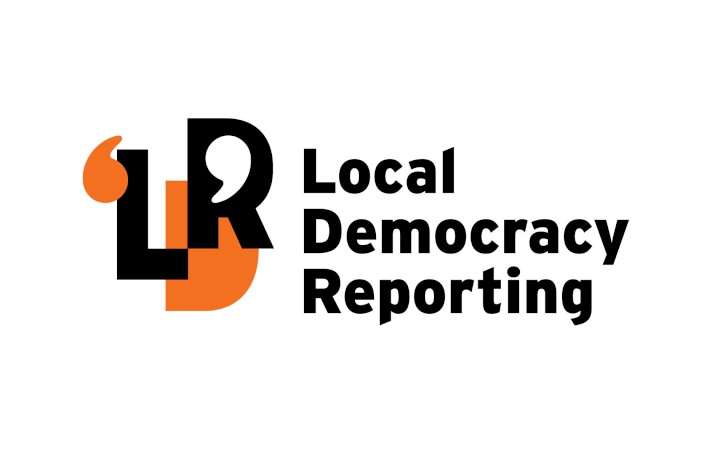The Nelson Tasman region currently sends 525kg of waste to landfill per person per year, but it’s hoped that number will drop by 106kg over the next decade.
The region’s only active landfill, tucked in the York Valley between the Nelson suburbs of Enner Glynn and the Brook, takes an average of 77,000 tonnes of waste each year.
In December 2024, a survey was sent to residents living within 2 kilometres of the facility, asking if they had toured the landfill – 70% had not.
In response, the Nelson Regional Landfill Business Unit (NRSBU) has begun taking people on tours of the York Valley Landfill.
“It’s important for people to see the scale, and impact of our consumption habits,” said Alec Louverdis, Nelson City Council’s group manager infrastructure.
“The landfill sessions are an opportunity for us to change perceptions and educate people about waste management.”
Two sessions have taken place, which saw 23 people take a tour of the facility.
The visits started with residents living closest to the landfill with future plans to expand the invitation to the wider Nelson Tasman region.
The landfill already regularly hosts school groups, typically those involved in the Enviroschools programme, along with other groups such as Rotary, NMIT, and Engineering NZ.
In recent years, the landfill business unit has invested significantly in improving landfill operations and the upgrades appear to be paying off.
Local Democracy Reporting attended one of the landfill visits and the only complaint about the landfill itself voiced by touring residents was about the sheer number of gulls attracted by the operation.
“Residents who attended the landfill sessions commented that the site was different from their expectations, noting it was odourless, well-organised, and clean,” Louverdis said.
The council’s push for greater resident awareness of the waste they generate comes as it consults on its draft regional waste management and minimisation plan.
The draft plan contains an ambitious goal to reduce the amount of waste that is sent to landfill by 106kg per person by 2035 – a 30% reduction from 2017/18 levels.
The goal includes the total cumulative waste from all sources, including households, transfer stations, commercial operations, construction projects, and industries.
“The most effective way to minimise landfill waste is by preventing waste generation in the first place,” Louverdis said.
“Many businesses and residents are actively working to reduce waste at the source, both to lower environmental impact and to cut disposal costs.”
To encourage re-use, the council has launched initiatives like Bring It, which sees participating cafés offer discounts to customers that bring reusable cups, and Reconstruct, which diverts and recovers building materials – both of which have expanded after Tasman joined in.
A new phase of Bring It is expected to be announced soon.
The council also provides grants and funding to other community-led programmes, like repair cafés and Secondhand Sunday to encourage re-use and repair.
The initiatives work to help meet another draft goal of the waste plan: reducing waste generation by 10% by 2035.
Teams at both councils are continually researching potential improvements to waste reduction, with food waste processing being a key area of interest, Louverdis said.
“Currently, Nelson Tasman has limited capacity to divert food waste, and significant research is being conducted at both national and local levels to determine viable processing solutions.”
The councils note that new infrastructure or a new service provider in the region is likely needed to meet the waste reduction goals.
Consultation closes on the draft regional waste plan on 7 March.
Local Democracy Reporting is local body journalism co-funded by RNZ and NZ On Air



 Gordon Campbell: On Why Europe Is Being Made To Go It Alone
Gordon Campbell: On Why Europe Is Being Made To Go It Alone  Te Pati Maori: No ‘Māori Privilege’ In Education
Te Pati Maori: No ‘Māori Privilege’ In Education Peace Action Wellington: No To Anti-Protest Law
Peace Action Wellington: No To Anti-Protest Law Public Service Commission: Findings Of Inquiry Into Protection Of Personal Information Released
Public Service Commission: Findings Of Inquiry Into Protection Of Personal Information Released NZ Principals Federation: Minister's View Not The Experience Of Schools, Say Principals
NZ Principals Federation: Minister's View Not The Experience Of Schools, Say Principals Lawyers for Climate Action: Proposals To Weaken Climate-Related Disclosures A Backwards Step
Lawyers for Climate Action: Proposals To Weaken Climate-Related Disclosures A Backwards Step NZ Government: Kiwi Campaign Invites Aussies To Come On Over
NZ Government: Kiwi Campaign Invites Aussies To Come On Over


